Making compost at home is not difficult if one understands the process. The key is to allow nature to do its own thing without much human interference. There is no need to spend money on an expensive composter, and it does not take extra time or effort.
As a family of six, our household trash was considerable. However, after starting to compost, the reduction was significant. We barely fill a 13-gallon bag a week filled with unrecyclable and non-compostables.
Why compost?
Home composting has many benefits for our environment and our well-being. It reduces the amount of trash sent to the landfill, thus reducing greenhouse gas emissions. It also contributes to the balance of biological life.
Adding compost to the soil improves its texture, balancing its compactness. It also feeds the soil life, which provides all the necessary nutrients to the vegetation.
How does composting work?
Composting requires four elements: carbon, nitrogen, water, and air. The carbon comes from dry materials, such as cardboard, dried leaves, and wood chips. The nitrogen comes from green materials, including grass clippings and kitchen scraps.
Balancing the ratio of dry to wet is crucial to achieving proper decomposition. Having too much dry matter would slow down the breakdown. Also, having a higher content of wet material would cause insect infestation or rot.
Air keeps everything aerobic and prevents rotting and the development of bad odors. That is ensured by turning the pile frequently, as well as the tunneling of earthworms.
Click here for more detailed information on how composting works.

Composting soldiers
Many critters work in decomposing the compost pile. They are split into three groups:
Primary Consumers are the critters that kick-start the breakdown of the raw materials. This group includes bacteria, fungi, nematodes, mites, snails, slugs, earthworms, millipedes, sowbugs, and pill bugs.
Secondary Consumers come to finish up what the previous group has started. This group includes springtails, other types of mites, feather-winged beetles, nematodes, soil flatworms, and others.
Tertiary Consumers are the last group to finish up the decomposition process. It comprises centipedes, predatory mites, rove beetles, carabid beetles, and more.
Do you need a commercial composter?
Home composting does not need an expensive composter. Setting up a dedicated space in the garden to pile up the materials is enough.
The only issue with an open-space compost pile is its exposure to animals. Holding the pile in an enclosed structure keeps unwanted visitors away.
There are three types of commercial composters: tumbler, bottomless, and wire bin. The following table is a quick comparison of all three to help you make the right choice.
| Pros | Cons | |
| Bottomless | Keeps the pile contained The flies stay inside. No need to add worms to it as they come from the bottom. Drains well since there is no bottom Very forgiving brown to green ratio. | You need to remove it completely to get the compost. Rodents can get to it. |
| Tumbler | Keeps material contained Keeps rodents away The tumbling feature helps turn the compost. Fairly easy to get the compost out. | Needs extra effort to turn when it gets heavy. Hard to balance the moisture level. Gets wet and turns anaerobic quickly. You need to add some worms. |
| Wire Bin | Contains the pile well Well aerated Drains well Easy to get the compost out. Forgiving brown to green ratio. No need to add worms to it. | Exposed to flies and rodents. . |
I suggest getting the bottomless composter to start the pile. It is much more forgiving and easy to manage.

What to add to the compost pile
There are plenty of materials to compost from around the house. The following list may sum it up for you.
- Kitchen scraps (vegetables, fruit peels, and eggshells)
- Coffee grind
- Compostable tea bags
- Cardboard (it takes longer to break down)
- Envelopes that do not have a plastic window
- Any paper that is not glossy
- Tree Leaves
- Grass clippings
What not to add to the compost
Few things should not go into the compost. They might turn it anaerobic and emit unhealthy odors, or attract unwanted animals.
- Meats
- Fat and grease
- Dairy
- Cooked food
- Bones
- Glossy papers
How long does it take to be ready?
There is no exact answer to this question. The time your compost pile takes to be ready depends on the size, the amount, and the nature of the organic material you add to it. It may be ready in three months or may take as long as two years.
An easy backyard composting routine
Creating a routine makes composting easy and manageable.
First, I set up two kinds of composters. A 100-gallon commercial one that’s closed except the bottom, and an open one, that I made from pallet wood. I put them next to each other.
The cycle starts with alternating layers of kitchen scraps and leaves in September. The process continues for eight months or until the composter is full.
Once filled in May, I transfer the whole pile to the open composter. This step flips the compost layers upside down. The top becomes the bottom, and the bottom becomes the top. At this stage, most of the early material has decomposed.
During the summer, the pile does not need much. Occasional turning and watering provide oxygen and moisture to the micro-organisms.
Sifting the compost?
You might need to sift the finished compost if it still contains some unbroken materials. While this is a personal preference, it is easier to work with uniformly-looing compost than with a chunky one. Also, the decomposition never stops, which may rob the plants of the nitrogen they need.
If sifting a small amount of compost, a dollar store wire bin can do the job. Otherwise, you can make one out of a wooden frame and wire cloth.
Is compost a soil amendment or a fertilizer?
Compost is rich in nitrogen, phosphorus, and potassium, yet, that does not make it a fertilizer. That’s because it lacks other nutrients to qualify as such. However, adding it to the soil feeds its living organisms, which provide the necessary nutrients.
Leaf mold compost
Leaf mold is the byproduct of leaf decomposition. Gardeners use it as a soil amendment or a seed-starting medium.
What is leaf mold?
Leaf mold is compost made only from leaves. Like compost, it improves soil’s water retention, reducing runoffs during torrential rains.
How To Make Leaf Mold?
There are two common ways to make leaf mold.
A- Making leaf mold using plastic bags
- Collect leaves.
- Shred the leaves into smaller pieces using a shredder, lawnmower, or a leaf vacuum.
- Fill up heavy-duty plastic bags with the shredded leaves.
- Water the leaves as you add them to the bag.
- Once filled, tie the bag.
- Poke as many holes as possible in the bag, using a garden fork to provide air.
- Set the bags in a shady spot for a year or so. Keep checking on it to add more water or air.
b- Making leaf mold using a wire bin
- Collect leaves.
- Shred the leaves into smaller pieces using a shredder, lawnmower, or a leaf vacuum.
- Make a bin using chicken wire or buy one that is already made.
- Fill the bin with the shredded leaves.
- Water the leaves to provide moisture.
- Leave the bin alone for a few months, checking on it occasionally. Add water if the weather is too dry.
How to Use Leaf Mold?
There are a few ways to use leaf mold in the garden.
- Use it to mulch around trees and other plants.
- Sift the leaf mold into its finest part. Then add it to the seed starting mix.
- Leaf mold is a good soil conditioner.
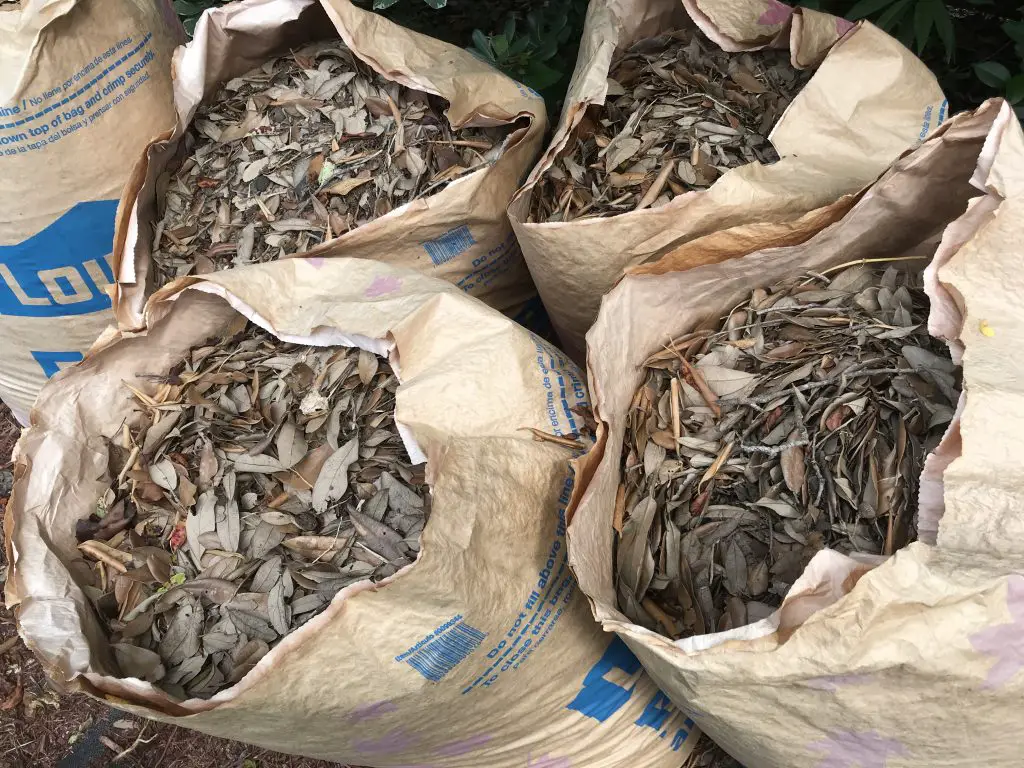
What can go wrong with compost?
1- Bad Odors coming out of the compost
When there is not enough air in the compost pile, it turns anaerobic and emits bad orders. The reason for this happening is the high moisture content which is due to two reasons. First, the ratio of green material is higher than brown. Second, the pile is either enclosed or too compact preventing any air from getting it.
To fix the issue, add dry elements to the compost and try to turn it more frequently. Thereafter, make sure to balance the amount of green material with the brown.
2- There are too many flies in the compost
Fruit flies lay their eggs on rotting fruits and vegetables. Having many over the compost means that the kitchen scraps are close to the surface. To decrease their population, bury the fresh scraps in the dry material.
3- Why there are crawling maggots on the walls of the composter?
Maggots are critters that survive on decaying organic matter, making them part of the decomposition army. There is nothing to worry about here, as long as there is no dairy, meat, or fat added to the compost.
4- Can I compost without a bin?
Yes, you do not need a compost bin to start composting. You might try the keyhole composting method. The idea is to have a deep hole in the middle of the raised garden and fill it up with compostable material. As the material breaks down, the nutrients seep into the soil.
Another composting method to consider is Vermicompost, which relies on earthworms to break down the food.

What is vermicompost?
Vermicompost is the product of decomposing food using earthworms. It is the casting of the worms after they digest the food.
How does vermicompost work?
There are different ways to create a vermicompost system. The most basic one is to use an eight to eighteen inches deep container. It must have small drainage holes to allow the compost to drain without letting the worms escape.
Put a layer of soil on the bottom of the container before putting the worms. Then add a layer of shredded newspaper or any non-glossy paper. From then on, add kitchen scraps to it regularly. The worms will devour them and turn them into Worm Castings.
Will the bin become overpopulated with worms?
There is no need to worry about the increase in the worm population. Earthworms have a natural birth control system. They stop reproducing once they have the largest capacity per space.
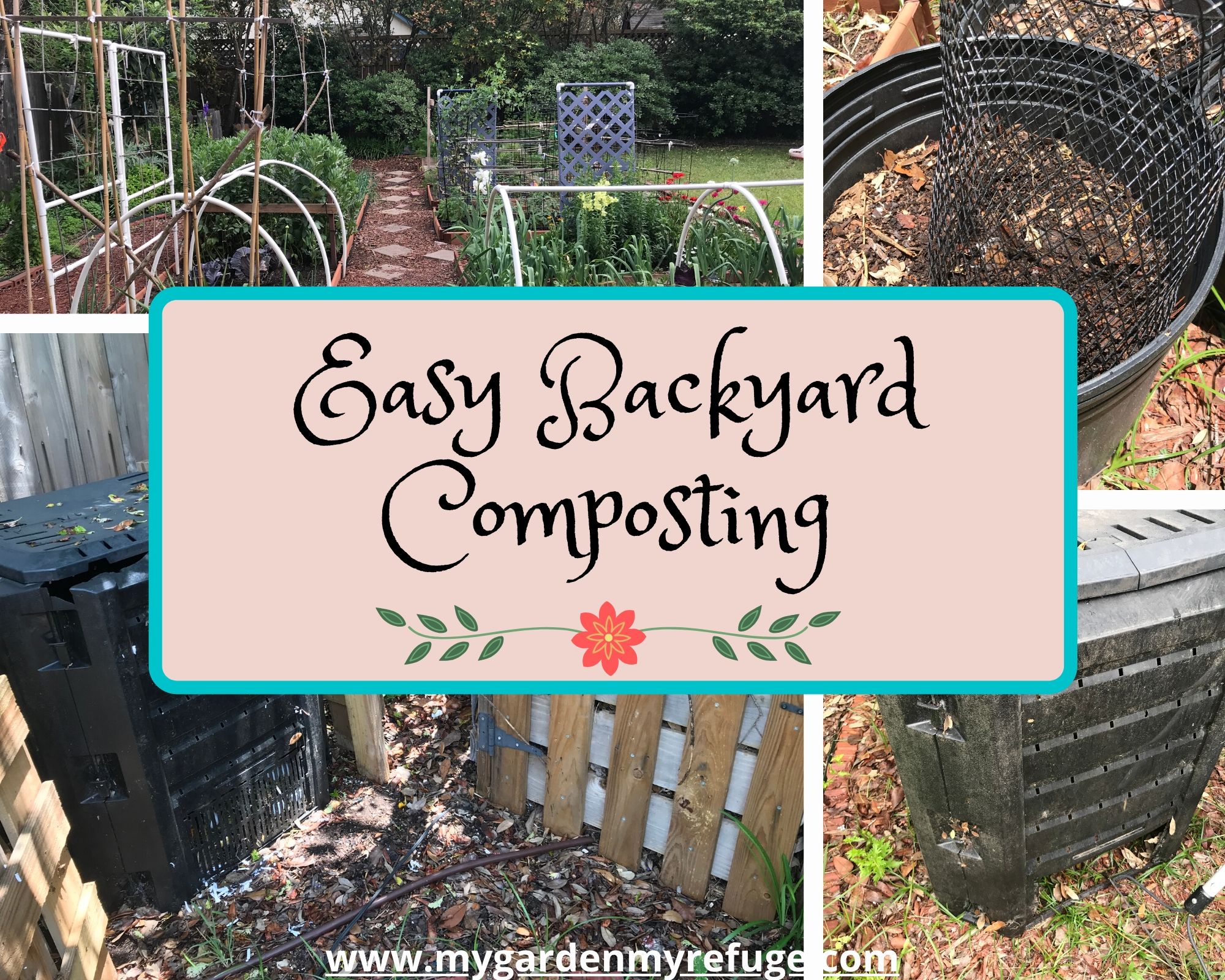

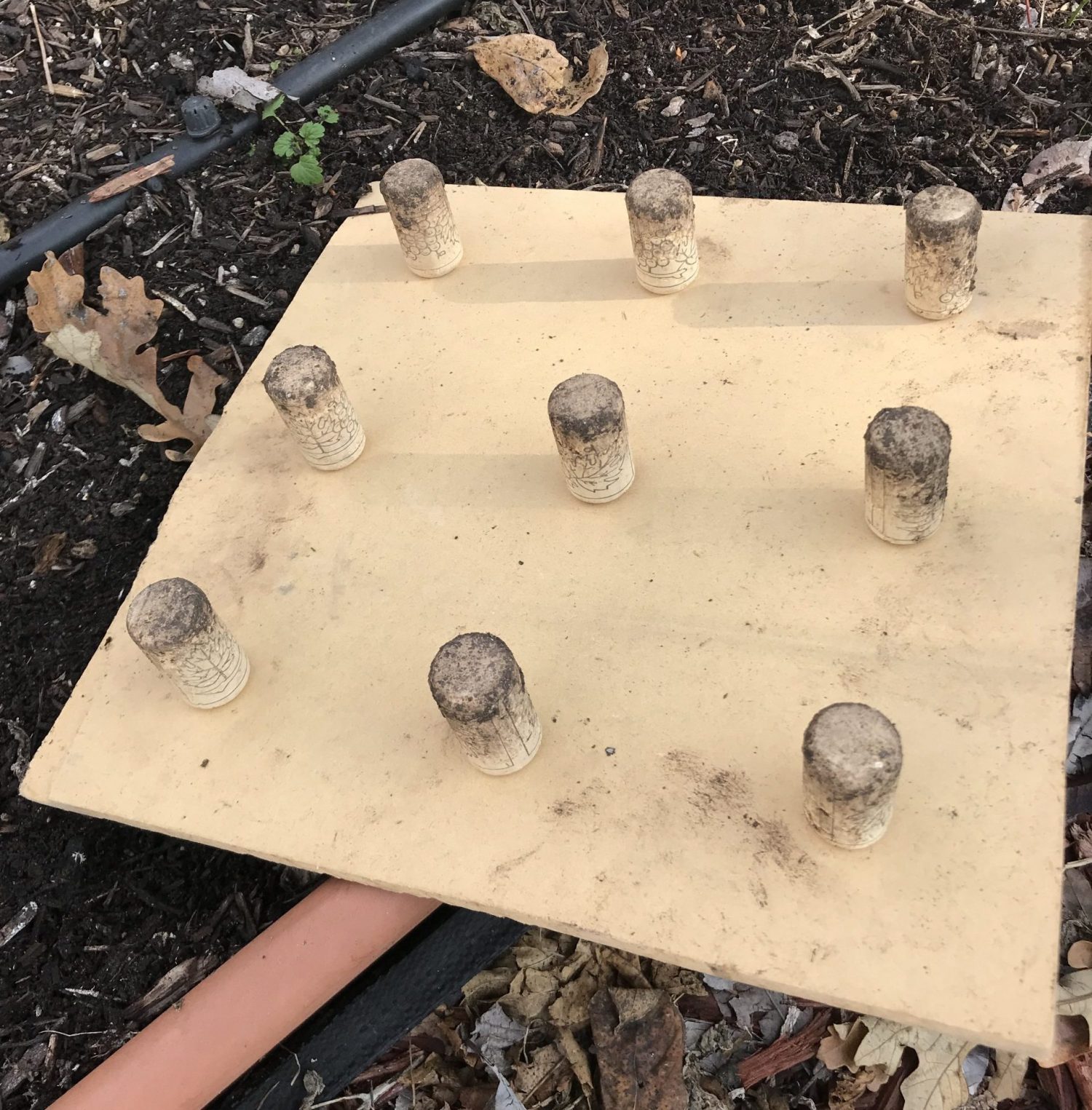
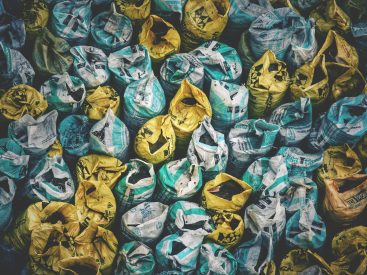
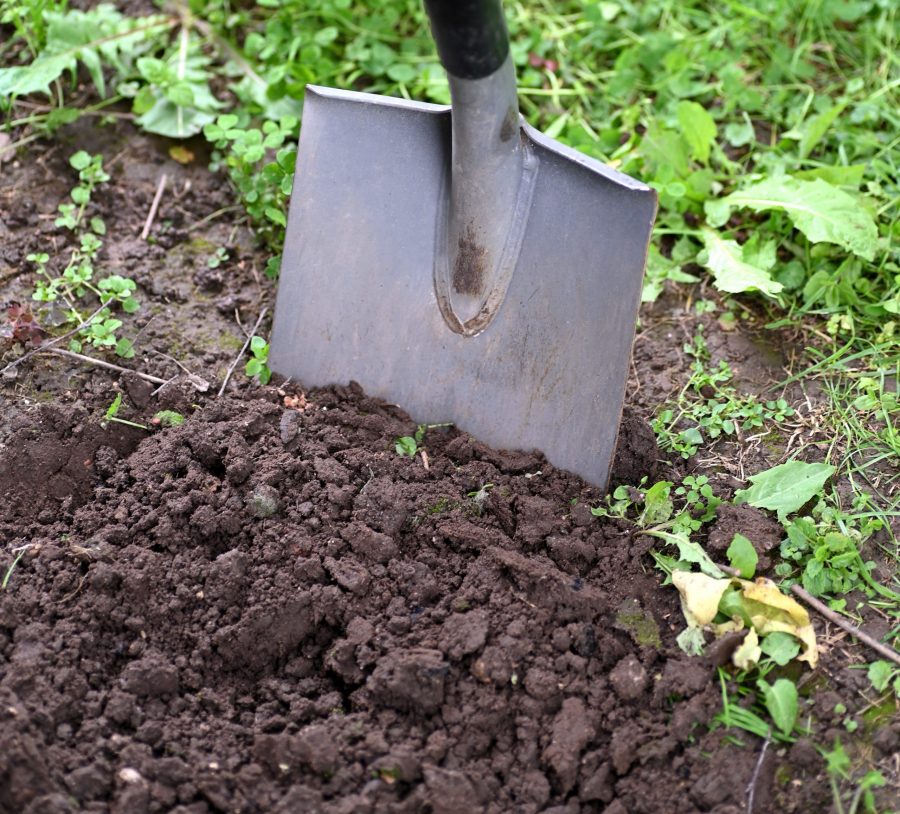
Good day! This is my first visit to your blog! We are a collection of volunteers and starting a new project in a community in the same niche. Your blog provided us beneficial information to work on. You have done a outstanding job!
Thank you very much for the nice words. I am glad I was able to help. I love volunteering and respect anyone who dedicates his/her time to help others. Good Luck on your project.